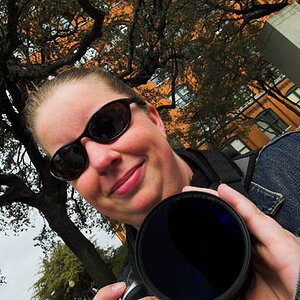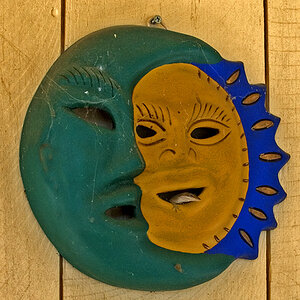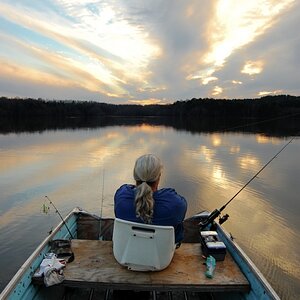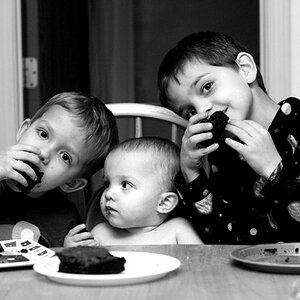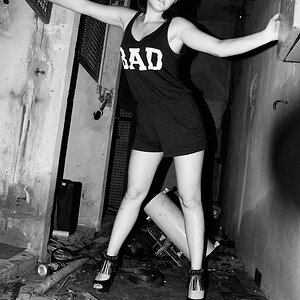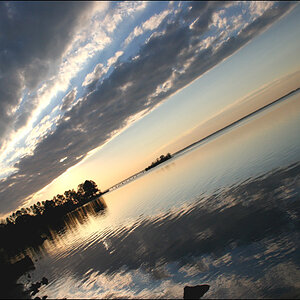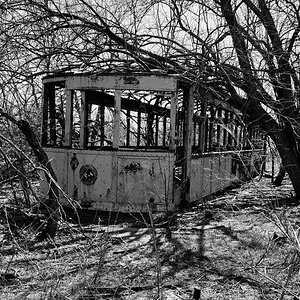luciferini
TPF Noob!
- Joined
- Sep 12, 2013
- Messages
- 2
- Reaction score
- 0
- Location
- Sherwood Oregon
- Can others edit my Photos
- Photos NOT OK to edit
Hello,
I have been reading many forums and posts about people with red dots showing up on long exposure shots. I even seem them on short exposure on black backgrounds. I am heading out to Utah in a week and want to get some night shots, but I don't want to ruin them with these hot pixels. I have a Canon Rebel XTi and I have recently cleaned my sensors. I have used multiple lenses and can demonstrate the issue is not in the lens as it follows the body.
I have had this camera for about 5 years, maybe it is just time to upgrade? Or could it just be the nature of older model XTi? I have tied taking the pictures in RAW and JPG format and get the same results.
I've attached what I consider a ruined picture because of these red dots. There are also blue dots. No, not the stars, but check the beach/lake shore in the foreground and you cant miss them.
Any thoughts? I prefer not to do any post processing.
I have been reading many forums and posts about people with red dots showing up on long exposure shots. I even seem them on short exposure on black backgrounds. I am heading out to Utah in a week and want to get some night shots, but I don't want to ruin them with these hot pixels. I have a Canon Rebel XTi and I have recently cleaned my sensors. I have used multiple lenses and can demonstrate the issue is not in the lens as it follows the body.
I have had this camera for about 5 years, maybe it is just time to upgrade? Or could it just be the nature of older model XTi? I have tied taking the pictures in RAW and JPG format and get the same results.
I've attached what I consider a ruined picture because of these red dots. There are also blue dots. No, not the stars, but check the beach/lake shore in the foreground and you cant miss them.
Any thoughts? I prefer not to do any post processing.



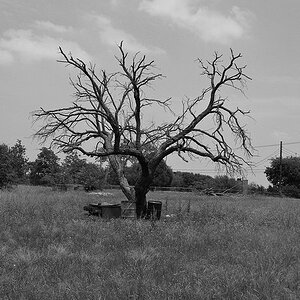
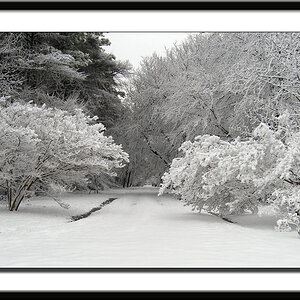

![[No title]](/data/xfmg/thumbnail/38/38741-89a8c6f9d841889783a4fae2b8c40902.jpg?1619738704)

